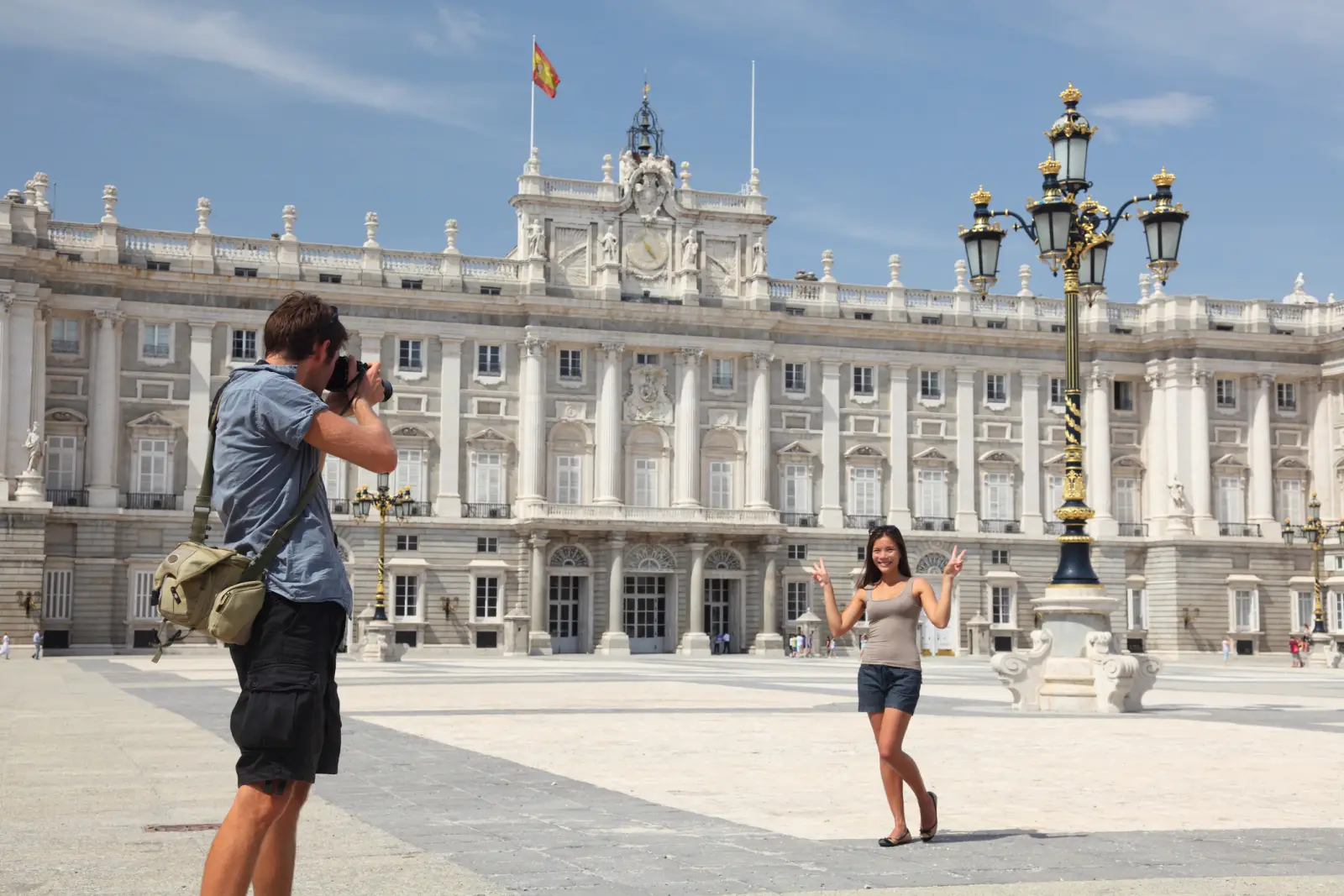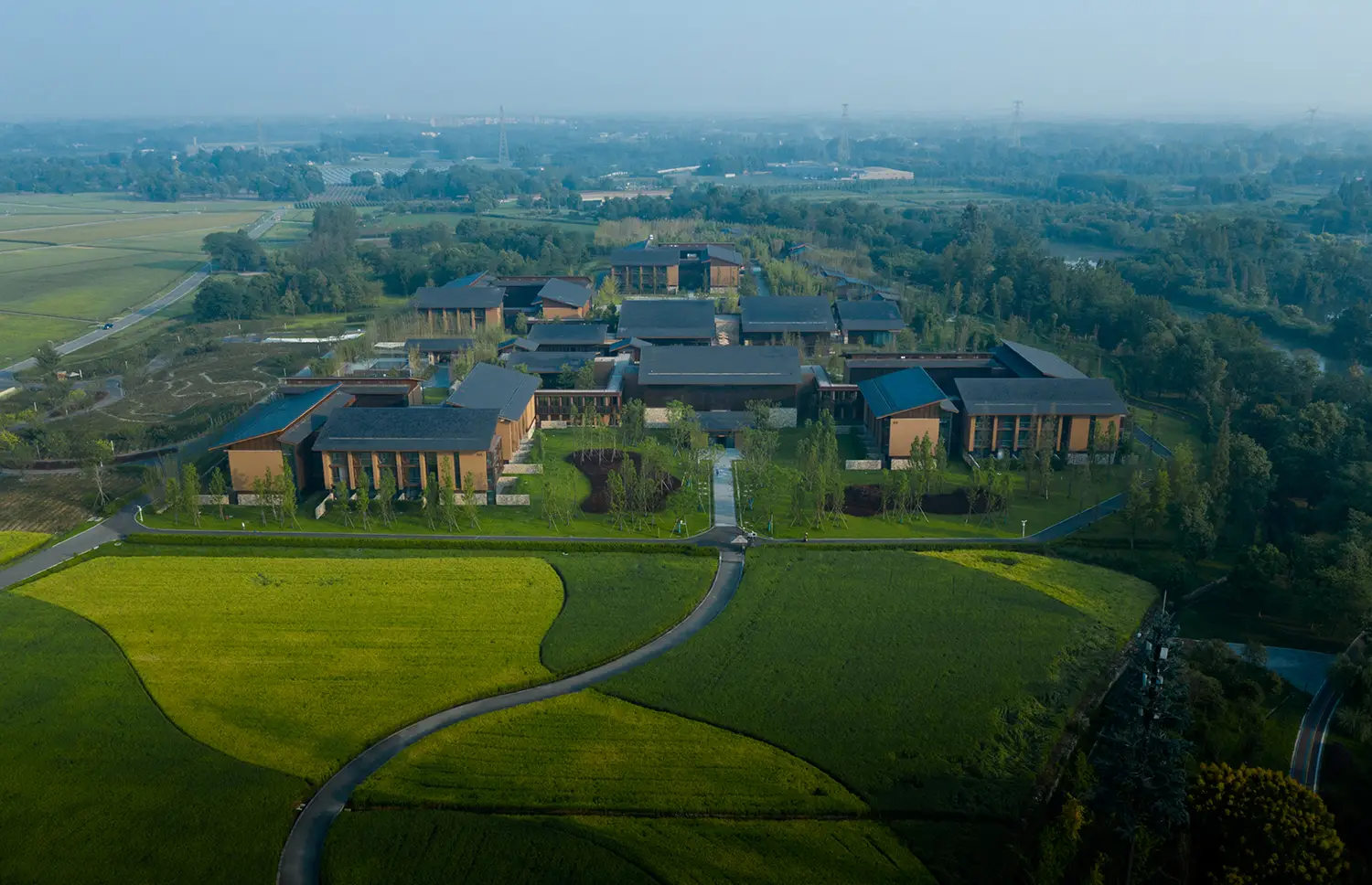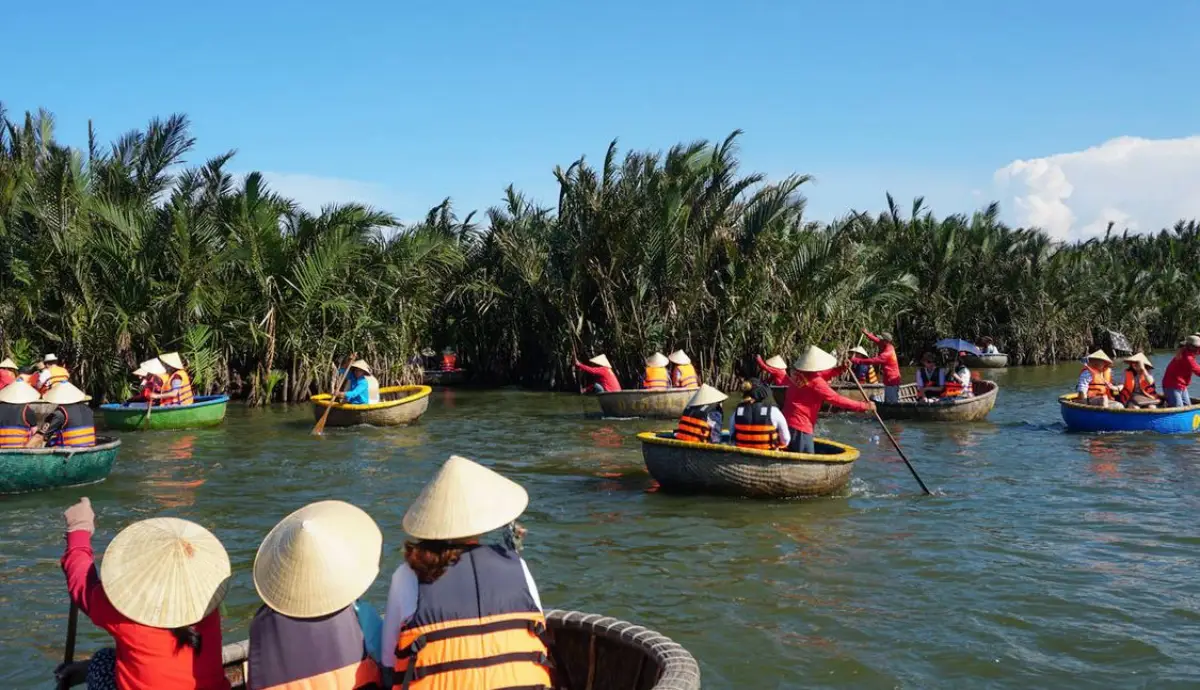Museumgoers were spellbound when the exhibition Phyllis Galembo: Maske originally opened on January 28 at the Boca Raton Museum of Art.
Shortly after the opening, the Museum temporarily closed due to the pandemic.
As a new wave of mask-making creativity takes hold, the Museum’s education team has created new digital pathways for the public to enjoy online.
These include mask-related online activities for families who are still at home, and video gallery tours for all ages.
“Protective face masks aren’t just medical anymore, we can see on social media how they are becoming a part of fashion, of our cultural landscape. Ways that people can convey messages and reflect their own personality,” said the photographer Phyllis Galembo.
Her exhibition “Maske” has taken on new meanings after the pandemic made face masks part of our culture, and the museum has responded by making her show available online to people in quarantine at home.
“For many people all over the world now, creating and wearing masks feels like a way they can reclaim some personal power,” adds Phyllis Galembo.
The Museum has also extended the show for an additional four months, until September 20, to allow people time to experience these works in person after safe guidelines for re-opening.
The Museum’s YouTube Channel, Instagram and Facebook feature new digital resources related to the exhibition and masks (#BocaMuseumatHome).
“Viewers can see in this exhibition how the tradition of masquerading has always been universal and timeless,” said Irvin Lippman, the Executive Director of the Museum.
“The powerful photographs by Galembo that were selected for this exhibition reveal the meticulous detail and creative imagination of mask-making.”
 Akata Dance Masquerade, by Phyllis Galembo. Cross River, Nigeria (2004)
Akata Dance Masquerade, by Phyllis Galembo. Cross River, Nigeria (2004)
The large-scale photographs by Galembo capture the transformative power of the African masquerade.
Her striking photographic series of contemporary mask rituals has drawn national and international critical acclaim.
Galembo’s portraits, such as the one below, are nearly life-size and explore spiritual realms of these masquerade cultures with brilliant, mesmerizing colors.
For more than 30 years, Phyllis Galembo has traveled around the world to photograph participants in contemporary mask-making and masquerade events that range from traditional religious ceremonies to secular celebrations.
Galembo’s portraits are celebrated by the world’s leading fine art photography editors for their stunning resonance.
Through her lens, the viewer gains special access to these rarely seen other-worlds, she captures the raw and sometimes frightening aspects of ceremonial garb.
She has made over twenty trips to sites of ritual masquerades, capturing cultural performances with a subterranean edge.
The masking seen through her photographs is a complex, mysterious, and profound tradition. The participants transcend the physical world and enter the spiritual realm.
“What could Phyllis Galembo’s exhibition images have in common with the face masks people are making for the pandemic? Perhaps their vitality, power, and boldness of humanity,” adds Irvin Lippman.
“Galembo’s portraits underscore cross-cultural complexities of meaning and purpose–as millions are creating their own masks, many with a sense of intention to express special meanings through their designs,” adds Irvin Lippman.
In her vibrant images that are featured in this exhibition, such as the one below, Galembo exposes an ornate code: artistic, theatrical, social, and religious symbolism and commentary.
Galembo’s photographs depict the physical character, costumes, and rituals of African religious practices and their diasporic manifestations in the Caribbean and Mexico.
The costumes in Galembo’s photographs are worn in several types of modern-day rituals. They are created to summon ancestral spirits and deities during a range of events, including agricultural hardships, land disputes, rites of passage, funerals, harvests, moments of gratitude and celebration.
 Aye Loja (The World is a Market Place that we Visit), Gelede Masquerade, by Phyllis Galembo. Agonli Village, Benin, (2006)
Aye Loja (The World is a Market Place that we Visit), Gelede Masquerade, by Phyllis Galembo. Agonli Village, Benin, (2006)
The masks and costumes in these photographs are made from a wide variety of surprising materials ─ leaves, grass, patterned fabrics, burlap sacks, full-bodied crocheted yarns, colored raffia, quills, shells, and even lizard excrement.
The modern world finds its way into these masks with the usage of plastic bags, cardboard, and found objects.
Galembo’s large-scale portraits in this exhibition capture the mask-oriented cultural traditions of Nigeria, Benin, Ghana, and Sierra Leone.
All of her photographs are shot as portraits rather than during the act of ritual. She is allowed to photograph her subjects at the very moment right before their rituals and festivities commence.
Galembo prefers her colors to be brightly saturated, enhancing the spiritual and transformative powers of these garments.
“I never see my subjects out of costume,” adds Galembo.













